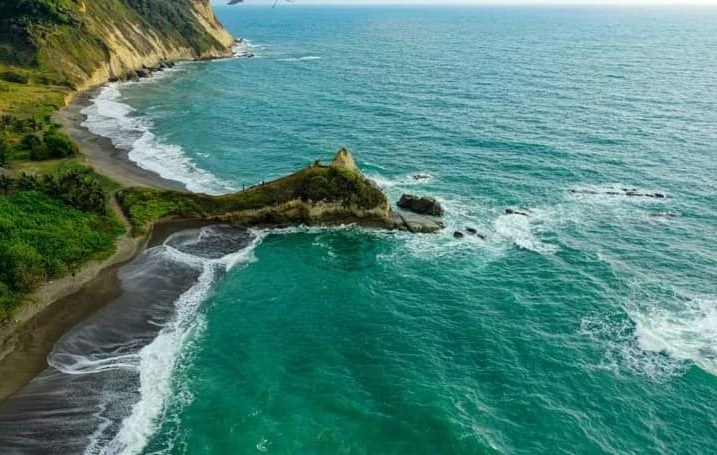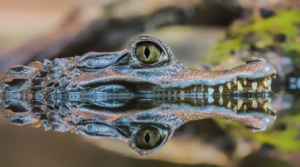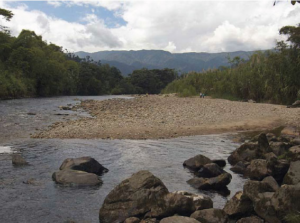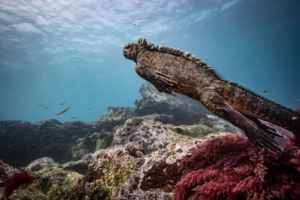Unveiling the Ecological Marvels of Galera San Francisco Marine Reserve
For years, a suspicion lingered about the coastal strip and marine environments near Galera, Estero de Plátano, Quingue, and San Francisco in the southwest of Esmeraldas province. It was believed that these waters held a biological treasure comparable to the renowned Galapagos. Finally, in 2008, after years of collaborative efforts involving various entities and active engagement from local communities, this suspicion was confirmed. Thus, this lead to the establishment of the first marine reserve on the continental Ecuador.
The Geographic Embrace of the Reserve
Stretching from the coves of Atacames in the north to Mompiche in the south, the Galera San Francisco Marine Reserve encompasses shallow waters on the continental shelf to depths of 800 metres. Remarkably, this area, a mere 11 kilometres from the coastline, is one of the rare spots on Ecuador’s continental coast where sites at 200 metres depth are in close proximity. Moreover, surrounding the reserve are recognised “fishing coves” crucial for the economic activities of several communities.
Community Participation and Conservation
A distinctive feature of this protected area is the active involvement of local communities. It stands among the four marine reserves in the country, each playing a vital role in preserving the abundance of fish and invertebrates. Additionally, these serve as crucial spaces for the reproduction and recovery of commercially valuable species.
Ecosystem Protection: Marine, Coastal, and Estuarine Wonders
- Marine Ecosystems:
- Rocky Reefs and Coral Zones: The reserve boasts extraordinary biodiversity, with rocky reefs being home to the most significant black coral community in continental Ecuador.
- Diverse Marine Life: Notable fish species include Cortés angel, humpback parrotfish, yellow snapper, king angel, grunts, and rock bass.
- Marine Mammals: The reserve hosts bottlenose dolphins, spotted dolphins, snub-nosed dolphins, and humpback whales between June and September annually.
- Coastal Ecosystems:
- Cliffs and Beaches: The reserve features cliffs and various beaches, serving as nesting grounds for four sea turtle species: leatherback, hawksbill, green, and olive ridley.
- Intertidal Zone: At low tide, the intertidal zone unveils a diverse underwater world, housing octopuses, sea urchins, starfish, and small snails.
- Estuarine Ecosystems:
- Galeras Estuary and Rivers: Ideal estuarine environments for mangrove growth are found at the mouths of Galeras estuary, San Francisco, and Bunche rivers.
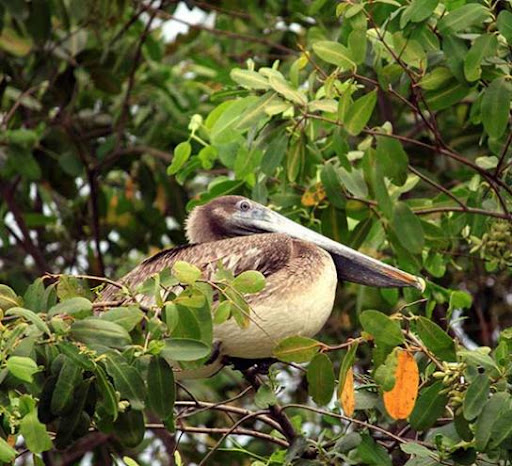
Sandy Beaches and Beyond
More than half of the reserve’s 37 kilometres of coastline are sandy beaches. These are accessible through towns like Galera, Estero del Plátano, Quingue, Caimito, and Cabo San Francisco. In fact, these picturesque beaches, apart from their beauty, serve as nesting sites for sea turtles. Indeed, visitors are urged to adhere strictly to regulations for the protection of these sites. Rocky beaches in Estero de Plátano and Quingue reveal a captivating underwater world during low tide. In particular, these feature octopuses, sea urchins, anemones, sea lilies, churos, and small fish.
The Enchanting Presence of Humpback Whales
An annual spectacle between June and September, the arrival of humpback whales adds another layer of fascination to the reserve. These majestic creatures choose this time to reproduce, making it an extraordinary attraction for nature enthusiasts.
In summary, Galera San Francisco Marine Reserve stands not only as a testament to Ecuador’s rich biodiversity but also as a model for successful community engagement and conservation efforts. Exploring its diverse ecosystems and breathtaking landscapes is not just a journey into nature but a commitment to safeguarding our marine treasures for generations to come.

